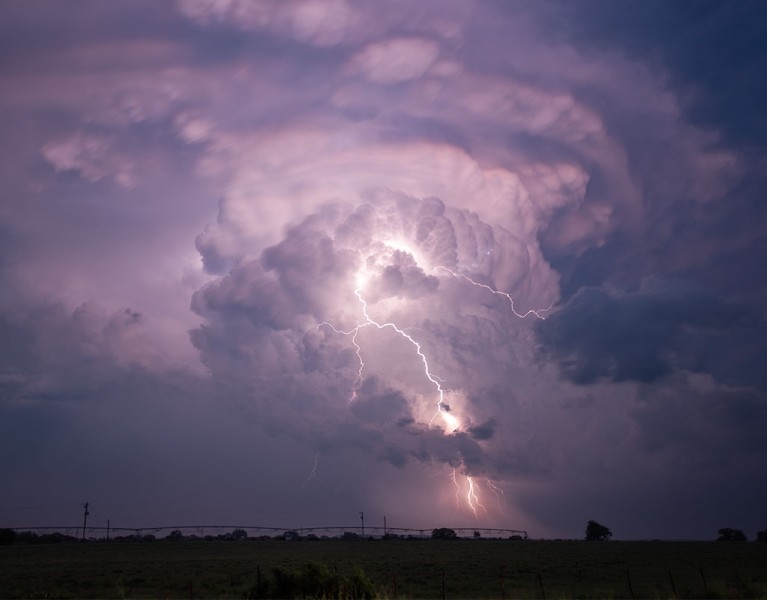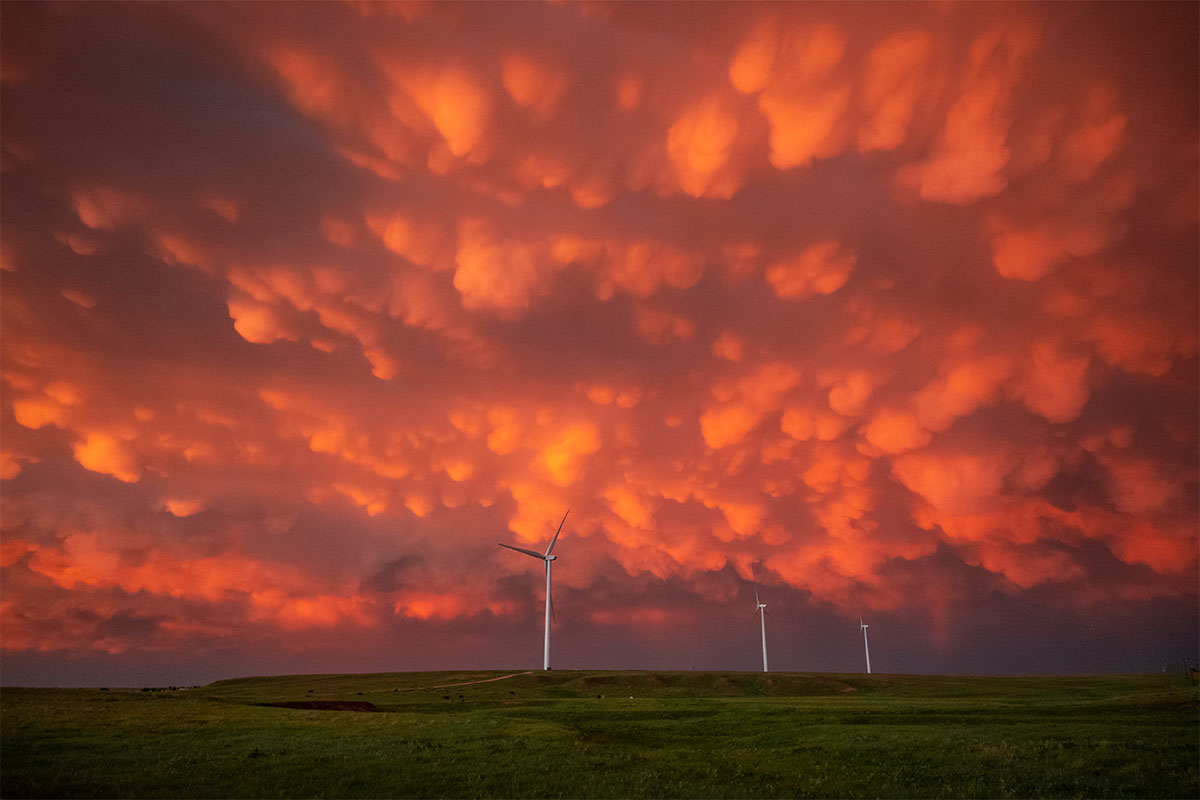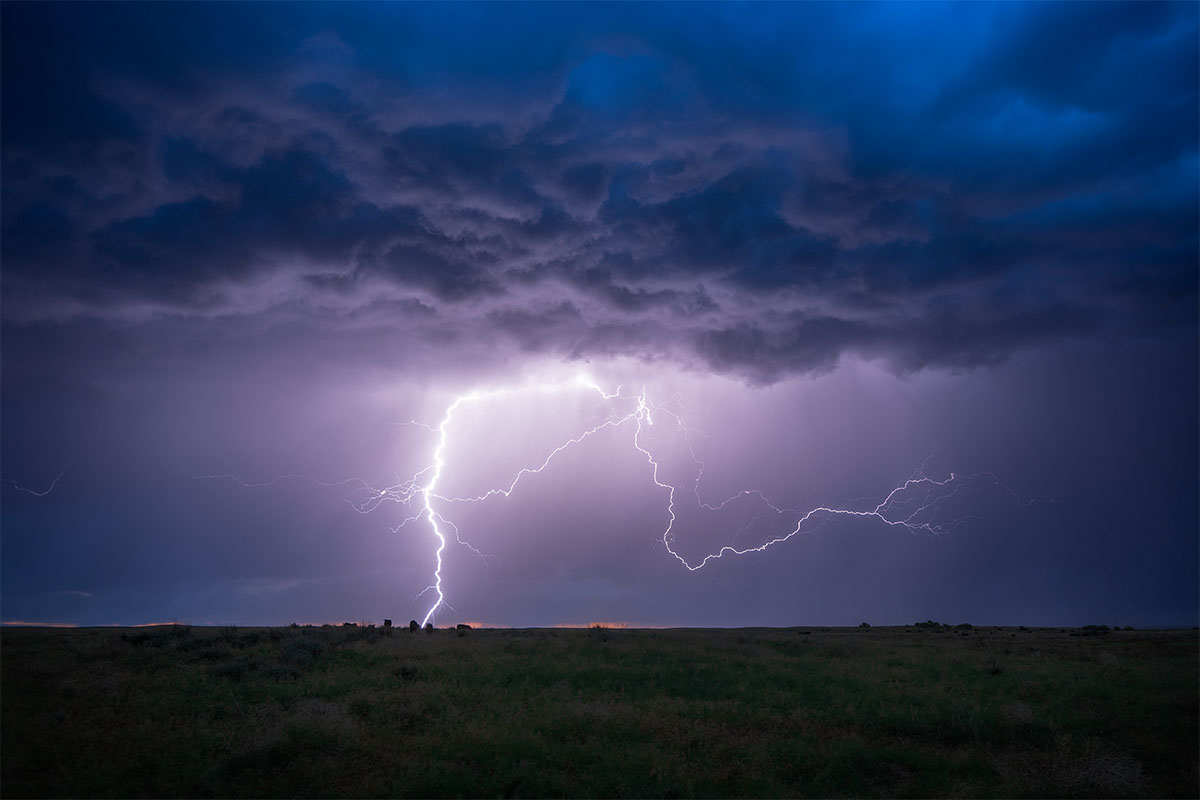
Road Less Traveled: Arizona Storm Chasing
Table of Contents [Show]
Have you ever wondered what inspires and attracts one to chase monsoon storms? Our new video series, The Road Less Traveled, kicks off with an episode that follows Paige Vincent into the world of storm chasing. As a thrill-seeker honing her craft of capturing the beauty amidst the chaos of these powerful storms, Paige breaks down tips and tricks on how to get into the world that pairs art with storms.
How did you first get involved in storm chasing and storm photography?
“What originally drew me in the storm chasing is growing up in Texas we saw a lot of storms. We had a lot of tornadoes come over our house. We were one of those families that jumped in the bathtub and threw a mattress on top. So it’s quite a change now being as close as I can get to the storm.
I don’t get paid to storm chase; this is purely just my favorite hobby. It’s what I’m most passionate about in my off time and typically where I am all summer. I go out as much as possible and just try to get completely unique photos, that’ll never happen again.“
How has it been adjusting in to a new community as a hobby?
“As a woman in a male-dominated space, I found it hard to meet other women in the field until Girls Who Chase, a group of women storm chasers. It’s exciting to see women push the boundaries and add their own creative spin on capturing these storms, but I do think there is still a way to go on women getting the same respect that men do in the space.”
Storm chasing and lightning photography are not just about being at the right place at the right time; they combine the art of photography with the precision of timing and the right equipment to capture nature's show. This blog post delves into the essentials of camera settings, timing, and equipment needed to capture the awe-inspiring and fleeting moments of storms and lightning, along with safety and planning considerations.


Essential Camera Settings for Lightning Photography
- Shutter Speed: Lightning photography requires a unique approach to shutter speed. Unlike typical photography, where fast shutter speeds freeze action, lightning photography often benefits from slower shutter speeds. Set your camera to a slower shutter speed, ranging from a few seconds to even 30 seconds, to capture multiple lightning strikes and the illuminated clouds. Use a remote shutter release or your camera's timer to avoid camera shake.
- Aperture and ISO: Start with an aperture around f/8 to f/11 to ensure a deep depth of field, keeping most of your scene in focus. Adjust the ISO according to the ambient light; lower ISOs (100-400) are preferable to minimize noise, especially in the dark conditions typical of storm photography. This ISO range can vary depending on your equipment, some will handle low light much better than others.
- Interval Timing: If your camera supports interval shooting, set it to take photos continuously with a few seconds interval. This increases your chances of capturing lightning without constantly pressing the shutter button.
- Focus: Set your camera to manual focus. Autofocus might struggle in low light conditions or get confused by rain. Focus at the distance where the storm is most likely to occur, often at infinity for distant storms.
Essential Hardware for Storm Photography
- Tripod: A sturdy tripod is non-negotiable for lightning photography. It ensures your camera remains stable during long exposures, crucial for capturing sharp images in low light.
- Filters and Lens Protection: Use a UV filter to protect your lens from rain and debris. Consider a neutral density (ND) filter if you're shooting in daylight or under bright conditions to allow for longer exposures without overexposing the image.
- Weather-Sealed Gear: Ensure your camera and lenses are weather-sealed to protect against moisture and dust. If they're not, consider using rain covers or protective housing.

Planning and Safety
- Weather Models and Apps: Use weather forecasting tools and storm tracking apps to plan your shots and routes. Apps like RadarScope or Storm Radar provide real-time data on storm movement, helping you position yourself safely and effectively.
- Understanding Storm Types: Recognize the difference between dry and wet lightning. Dry lightning, common in arid regions like Arizona, occurs without rain reaching the ground and can lead to wildfires. Wet lightning, accompanied by rain, often presents more photographic opportunities but increases risk. Be aware of haboobs and dust storms, which can offer dramatic scenes but pose significant risks to your gear and personal safety.
- Safety First: Always prioritize safety. Have an exit strategy and stay aware of your surroundings. Lightning can strike from miles away; if you can hear thunder, you're within striking distance.
Patience is Key
Patience is arguably the most crucial aspect of storm and lightning photography. Storms are unpredictable, and capturing that perfect bolt requires time, dedication, and a bit of luck. Set up, compose your shot, and wait for nature to unveil its spectacle.

Storm and lightning photography blend the thrill of the chase with the art of capturing nature's raw beauty. With the right settings, equipment, and safety precautions, you can immortalize the fleeting moments of storms. Remember, the journey to capturing the perfect storm image is loaded with challenges, but the results can be truly electrifying.
All photos courtesy of Paige Vincent.


